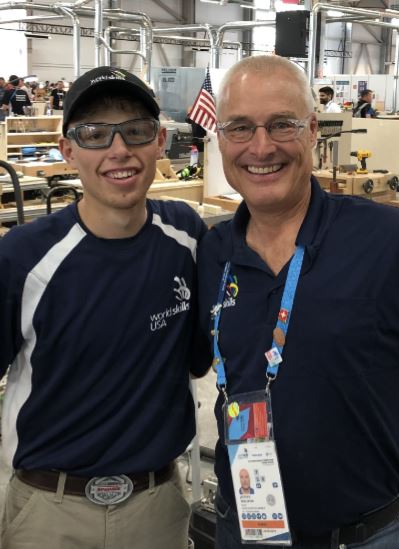 The Woodwork Career Alliance of North America heads into the 2020s building on the solid foundation of its Passport credentialing program that is widely recognized throughout the United States and Canada.
The Woodwork Career Alliance of North America heads into the 2020s building on the solid foundation of its Passport credentialing program that is widely recognized throughout the United States and Canada.
In a recent free-wielding phone interview, Scott Nelson, president of the WCA, discussed the North American wood product industry’s ongoing challenge to recruit, train and retain skilled employees. He also provided his thoughts on how companies can use the WCA’s credentialing program to meet those multiple challenges and discussed plans for rolling out WCA 4.0 to accredit employees who work in manufacturing cells.
Rich Christianson: Since its inception in 2007, the Woodwork Career Alliance has developed more than 300 woodworking skill standards and grown its database of registered Passport holders to nearly 2,600. At long last, the woodworking industry has a credentialing program to rival metal working, automotive, welding and other skilled trades. With those accomplishments as a backdrop, what do you view as the WCA’s biggest achievement in 2019?
I am extremely gratified by the increased use of the WCA credentialing program.
Scott Nelson: I am extremely gratified by the increased use of the WCA credentialing program. Last year we added a record 507 new individual Passport members. Even more telling, we issued 418 credentials representing a 50 percent increase. It’s fantastic that we’re finally starting to see the number of new credentials approaching the number of people who are issued Passports. That means a greater percentage of Passport holders are being tested to the Skill Standar
Christianson: Who were these credentials issued to last year?
Nelson: The vast majority of the credentials were awarded to high school students for earning their Sawblade Certificate. But we’re also seeing a smaller, yet still healthy, increase in professional accreditations.
On the high school level, we’re seeing more woodworking teachers starting to test their kids. It’s one thing for instructors to just sign up their students for WCA Passports, but it’s another for them to take the time to administer the skill evaluations, record the individual student’s tool points and see that their qualified students take the online test to ultimately receive their Sawblade Certificate.
Christianson: Why do you think more high school woodworking instructors are making the effort to test their students now? What’s changed?
Nelson: First, I think more teachers are prioritizing evaluations and testing for the Sawblade Certificate as part of their lesson plans and schedules. It takes time to do any of those tests. They have to plan for it and until they’ve done it the first time, they really don’t know how long it takes. Once they become familiar with how it works and how long it takes, they are able to make it part of their day-to-day curriculum.
Second, we’ve seen a lot of credentialing activity in Wisconsin where public high school programs qualify for special funding based on national certification, which is what the WCA is all about. Colorado also is putting this type of government reimbursement program in place, again based on being affiliated with a recognized certification organization like the WCA. These funds are very important for supporting those high school programs and keeping them viable in an era when woodworking programs are more likely to be reduced or eliminated than improved or started. Hopefully we’ll see more states adopt this type of funding model in the next few years.
In some ways, we’re in a race against time. On one hand, I think more and more schools are realizing the benefit of being an EDUcation member of the WCA. It brings structure and additional legitimacy to being part of a program that was created with industry needs in mind. Unfortunately, while we gained nearly 30 new high school programs last year, we lost a similar number. In most cases, the program is no longer there. A lot of times the woodshop teacher leaves or retires and the school can’t find a replacement because most require industrial arts teachers to have a teaching certificate. There just aren’t enough teachers with woodworking experience to fill the gaps.
Christianson: You mentioned that WCA has made inroads among woodworking professionals. How so?
It takes a dedicated effort to create an effective formal training program. But once it’s in place, it can be used over and over again. There’s a long-term payoff.
Nelson: Getting industry participation has been a tough nut to crack, but we are making gains as attested by the 54 green credentials we issued in 2019. Our first challenge has been to make industry aware of the WCA credentialing program and how they can use it to develop in-house training programs for new and current employees. Then, companies have to be willing to put in the time. Every plant has a different set of circumstances so consequently there has to be a champion in each plant for it to work. It takes a dedicated effort to create an effective formal training program. But once it’s in place, it can be used over and over again. There’s a long-term payoff.
A common concern among woodworking companies is the fear of “If I train them, they’ll leave.” That’s a big problem for the industry and the WCA. They are afraid to spend the time and money to train somebody, give him a credential and then maybe see that person go work for the shop next door for more money. That’s human nature and they have to get over that.
Companies also have to understand that they may not have the right opening for someone who has acquired new skill sets from their training but the other company might have an opening. So, the employee is going to leave for a better opportunity. That’s just the way it is.
Christianson: How can the WCA credentialing program help a company retain employees they train?
Nelson: A good real-world example of how the WCA standards can be used by industry is Jefferson Millwork. They were pioneers in adopting the WCA credentialing program not only to structure training for new hires, but to create an incentive program that ties pay raises to employees who grow their credentials. Last fall, Jefferson was the first woodworking company to award the red credential to an employee. They proved it can be done. We can only hope that other woodworking companies are paying attention.
Having a good training program in your plant is always going to increase your bottom line because of greater productivity, fewer mistakes and fewer do-overs.
I honestly don’t understand how companies can skimp when it comes to training their employees. Having a good training program in your plant is always going to increase your bottom line because of greater productivity, fewer mistakes and fewer do-overs. When you have someone coming in fresh off the street you have to teach them the basics. They have to understand what your products are, what their characteristics are, why controlling moisture is important, the machines and tools you are working with, and how to read a tape measure. These are basic things that have to be taught. Just having Joe follow John around for six months is not enough. You need a formal training program so that the new hire knows this week we’re covering this, in week two we’re going to cover this, in week three we’re going to cover that.
It all starts with a company’s culture. If you want an employee to stay, you need your training program to be tied to a career path for them. But an employer can’t tell the employee what it means to go from A to Z if the company doesn’t have a formal system in place for evaluating the employee’s progress. Again, this is where the WCA comes in.
Christianson: What’s on tap for the WCA in 2020?
Nelson: At last year’s AWFS Fair we announced plans to develop the WCA 4.0 credentialing program to complement our current Passport program. We recognize that there are a lot of woodworkers who are working in cell-based manufacturing environments who would have a hard time earning credentials based on our current tool points system. The basic concept of WCA 4.0 is to help an employee develop their skills within their cell and then be cross-trained to work in additional cells. Theoretically the employer would compensate the worker based on how much value they are able to add in terms of productivity, maintenance, etc. The more sophisticated the machine or cell and the more cells that person can work in, the more valuable he becomes to the company. So now when someone is absent, their lines do not stop.
The cream always rises to the top. The newer employee is going to have to acquire experience but you still have to test him through the whole process. He can say that he can do everything but you have to test him to be sure. By running a test, you might find he’s where he needs to be or behind or maybe even ahead. If you don’t have a testing program, you don’t have any way of knowing it.
We are not the teaching arm. We are the testing arm and a certifying body.
WCA has the test. We’re not going to tell you how to teach your employees. However, we have resources and information that can help companies develop their training programs. We are not the teaching arm. We are the testing arm and a certifying body.
Christianson: What’s the next step for WCA 4.0?
Nelson: We are planning to partner with Woodworking Network on a benchmark industry survey that goes beyond simply reaffirming the woodworking industry’s long-stranding struggle to find and keep good workers. We want to identify ways to help the industry meet that challenge. This includes gathering information from woodworking companies about some of the key components for structuring WCA 4.0 and how we can best deliver this new credentialing program to them. We have ideas, but we want to verify that what we are doing it correctly and to solicit input for improving on our ideas.
We want to offer solutions to help individual companies by creating a flow of knowledge. Every company is different. Some use panels, some don’t. Some make mouldings, some don’t. Some do piecework only, some don’t. Our goal is to create a menu of options that each company can choose from based on their circumstances.
We will be publishing the key results of the study and will have more to share at IWF in Atlanta. Bruce Spitz (past president of the Architectural Woodwork Institute) and I will present a How to Create Your Own Training Program workshop. Attendees will have the opportunity to develop their own training template using WCA skill standards. Some guys are going to want to emphasize the WCA Passport program and some are going to be more interested in WCA 4.0. We’ll cover both in the workshop.
Christianson: Any final words?
Nelson: Like it or not, woodworking companies have to understand that they are competing with higher paying jobs in other industries. That’s not only a perception, it’s a reality. If we can’t afford to pay our people as well as other manufacturing jobs, then it becomes even more vital to create career paths that reward them based on their desire and ability to enhance their skill sets.
Every company experiences turnover. The goal is to minimize so that it only happens at entry level. Once you’ve invested a couple of years in training someone, you presumably would want to keep that person. Having a written plan that rewards an employee for achieving specific goals that can be fairly evaluated shows that you care about that person’s career.
Sometimes the best person to keep is someone who shows up to work, has a great attitude and is a positive influence on your operation. Once you have the formal plan in place, you are on track to make someone a great employee for life.
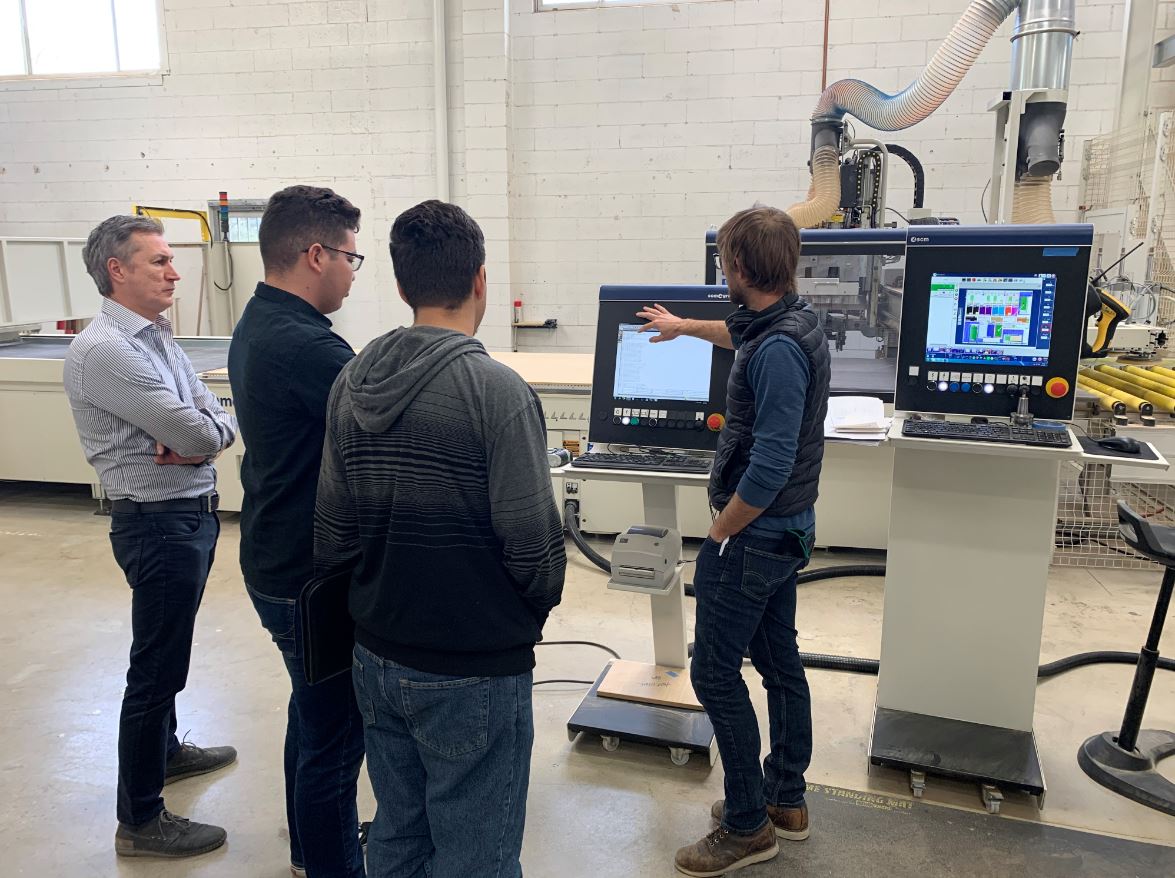 SCM North America, along with two of its customers in Southern California – Excel Cabinets and Reeves Enterprises – recently provided students from San Jacinto High School’s Industrial Wood Technologies program the opportunity to witness a machine installation and cabinet manufacturing technology in motion.
SCM North America, along with two of its customers in Southern California – Excel Cabinets and Reeves Enterprises – recently provided students from San Jacinto High School’s Industrial Wood Technologies program the opportunity to witness a machine installation and cabinet manufacturing technology in motion.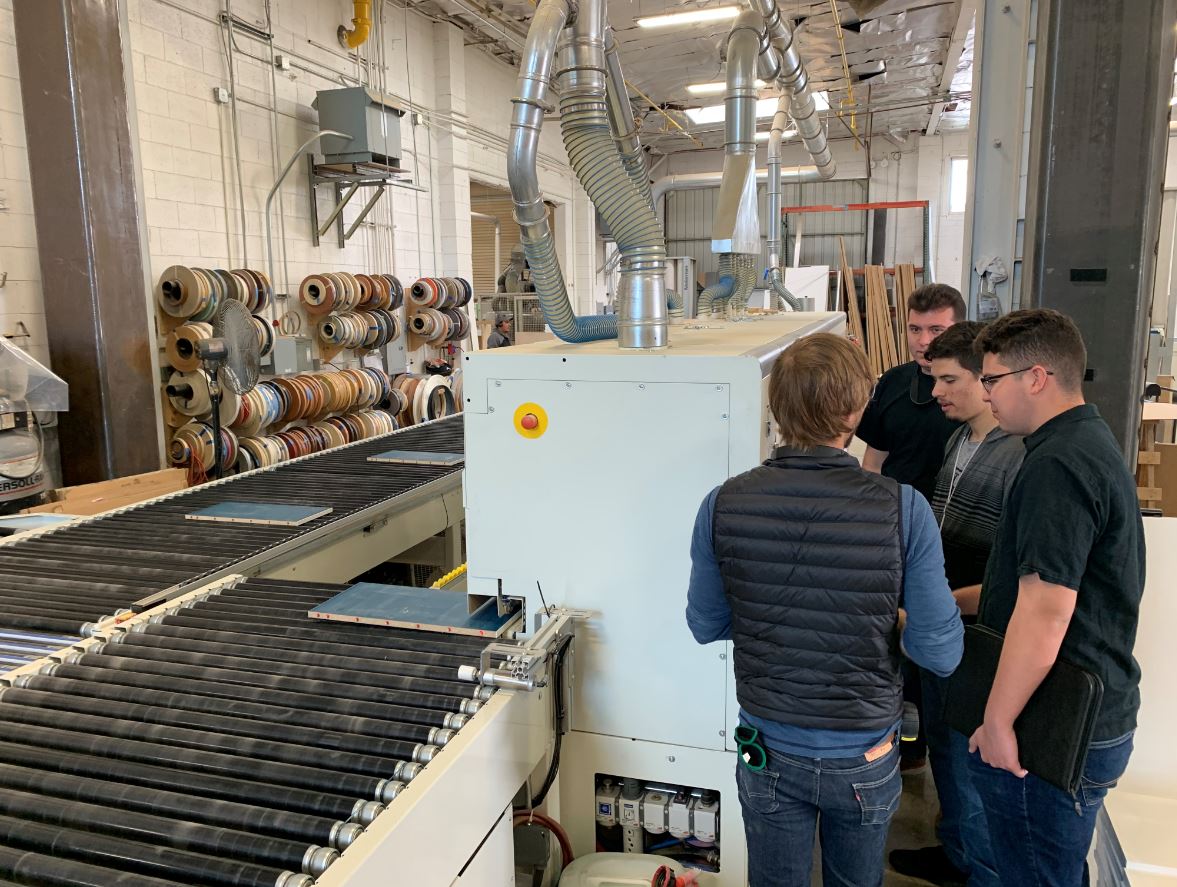 About San Jacinto High School’s Industrial Wood Technologies program
About San Jacinto High School’s Industrial Wood Technologies program
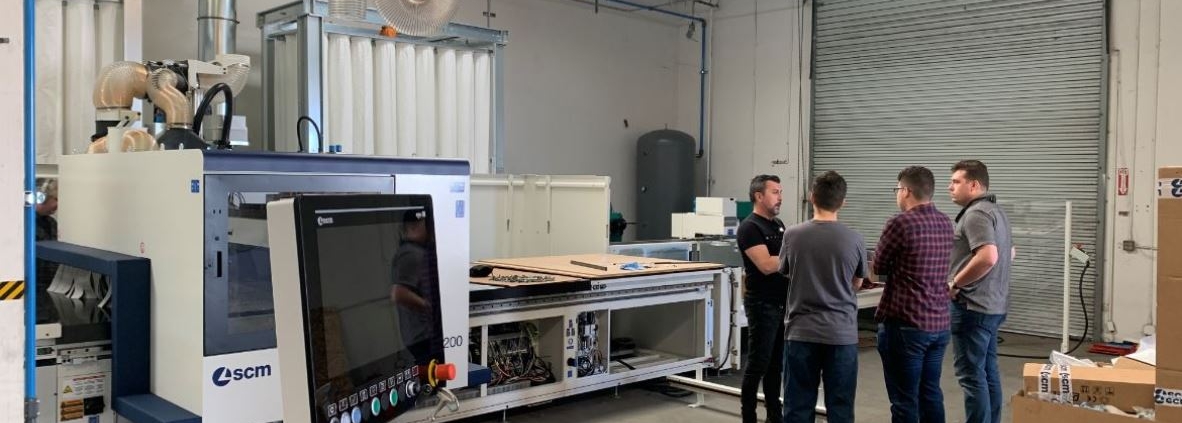
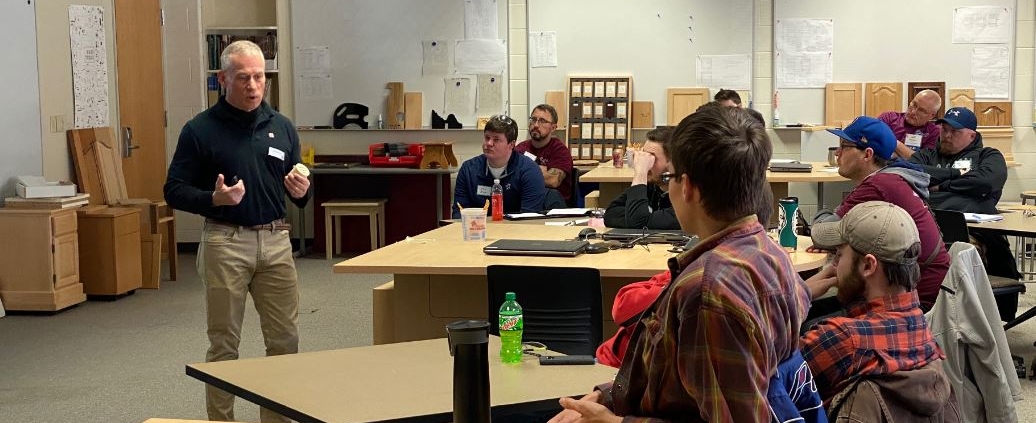
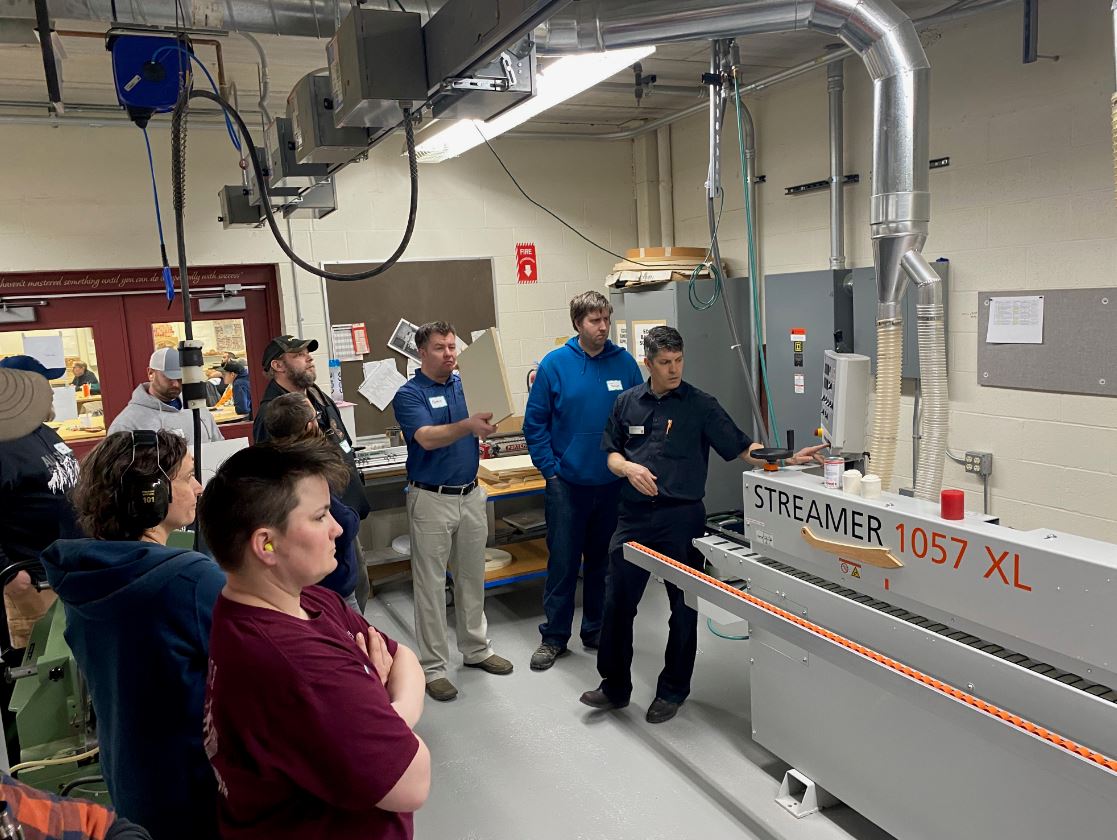

 2019 was a very productive year for WCA! We added 507 new individuals to our Passport credentialing program and awarded 418 certificates or credentials to individuals. This represents the largest number of credentials awarded in any one year in the history of WCA.
2019 was a very productive year for WCA! We added 507 new individuals to our Passport credentialing program and awarded 418 certificates or credentials to individuals. This represents the largest number of credentials awarded in any one year in the history of WCA.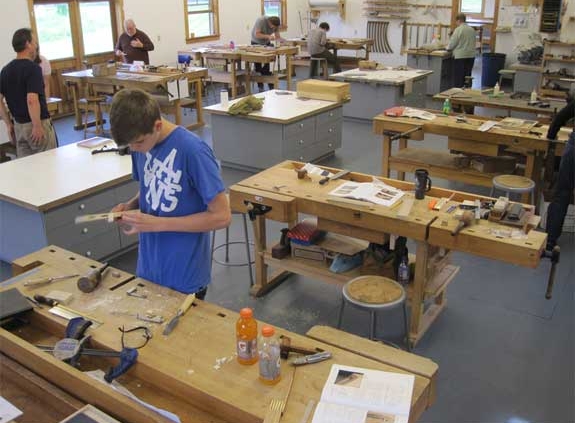
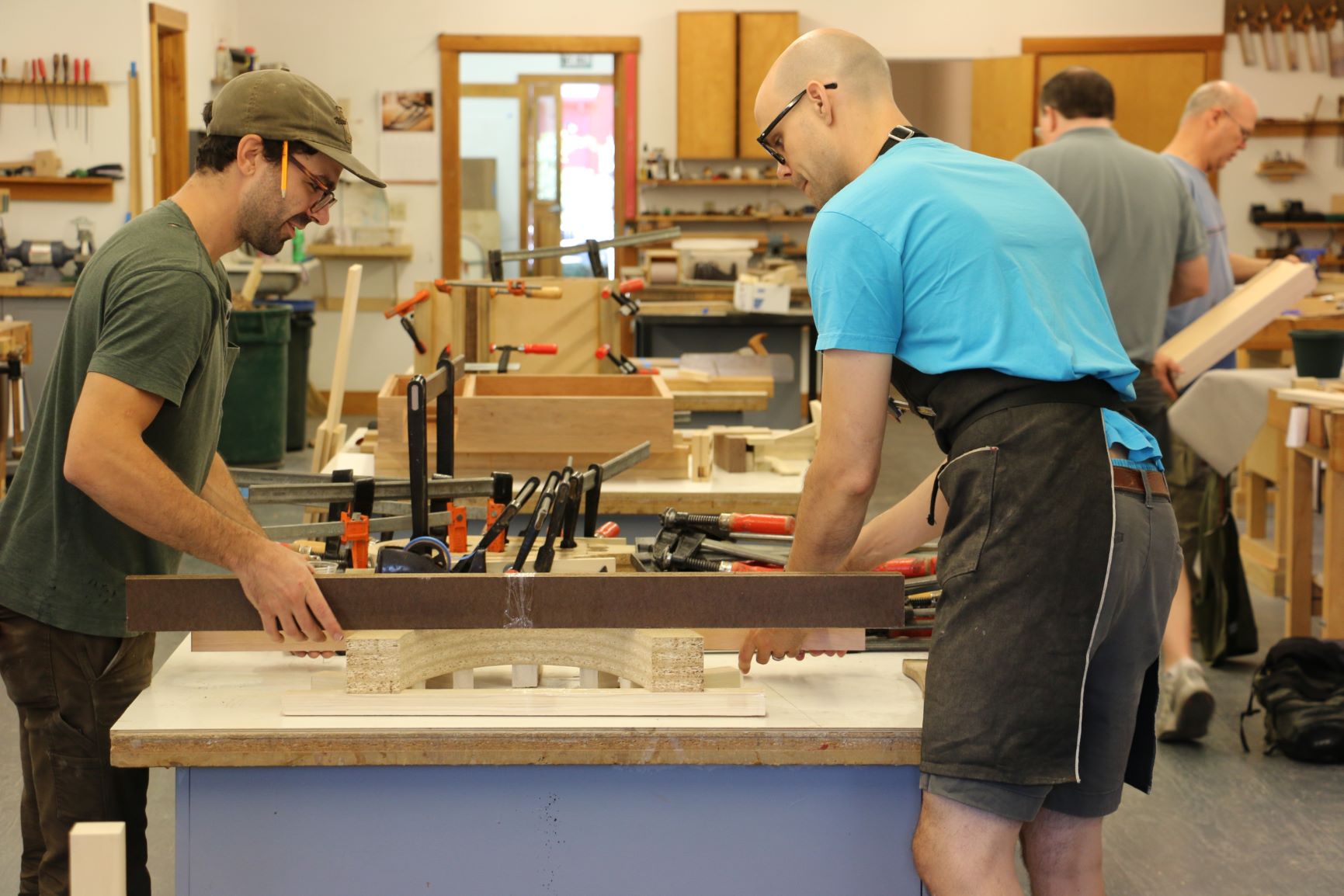
 The Woodwork Career Alliance of North America heads into the 2020s building on the solid foundation of its Passport credentialing program that is widely recognized throughout the United States and Canada.
The Woodwork Career Alliance of North America heads into the 2020s building on the solid foundation of its Passport credentialing program that is widely recognized throughout the United States and Canada.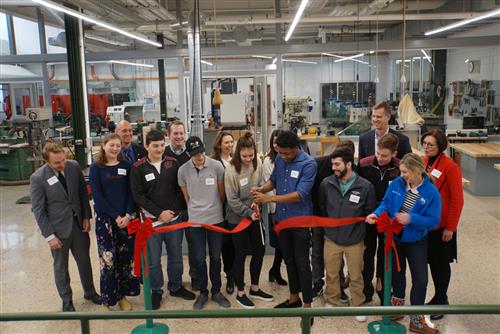
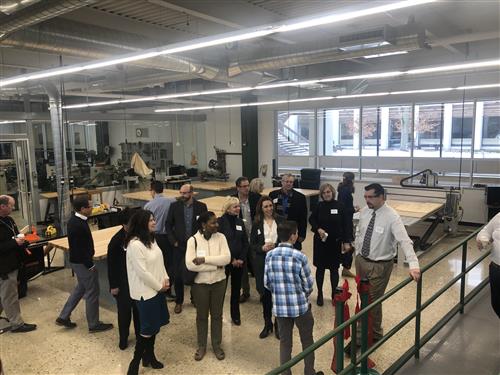
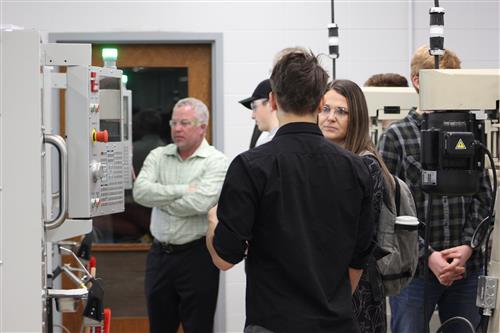
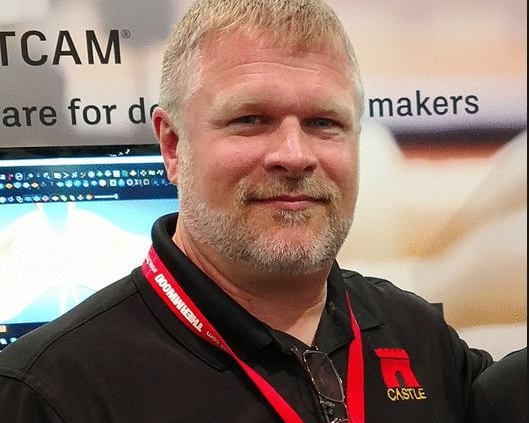
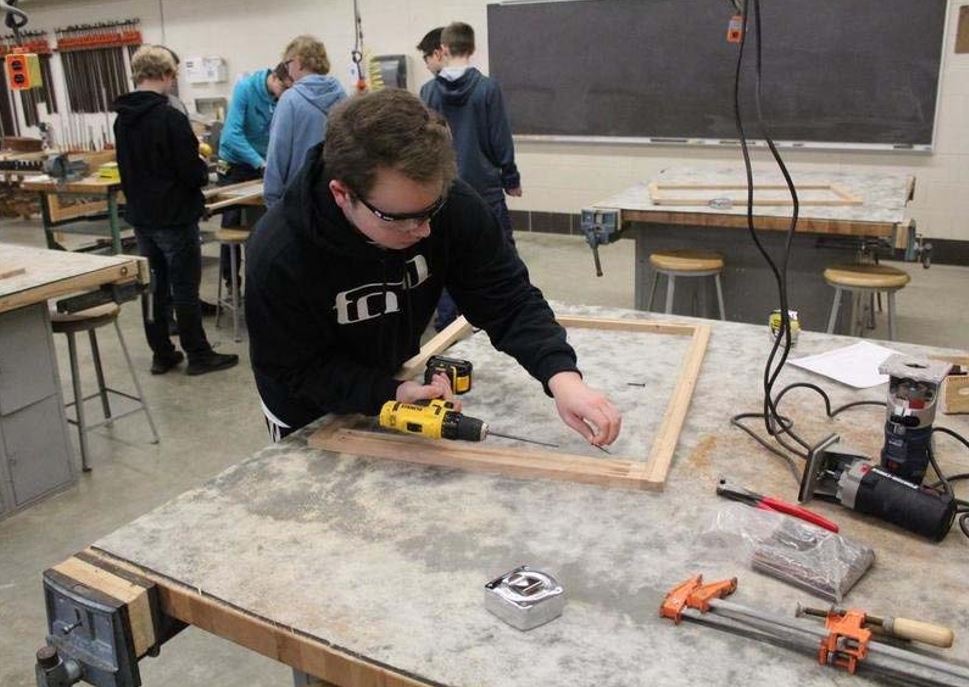 The Morris Herald recently published a feature on the Reed-Custer High School (RCHS) woodworking program in Braidwood, IL.
The Morris Herald recently published a feature on the Reed-Custer High School (RCHS) woodworking program in Braidwood, IL.
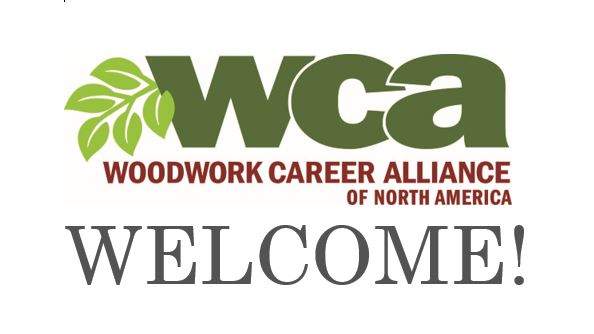
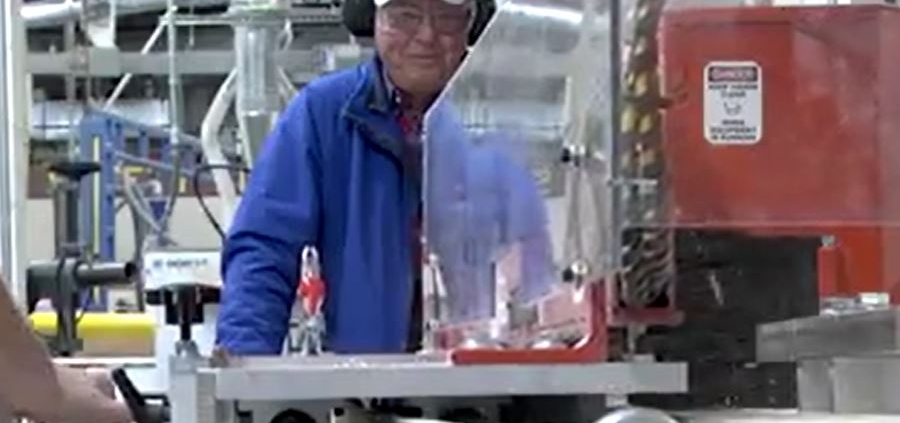


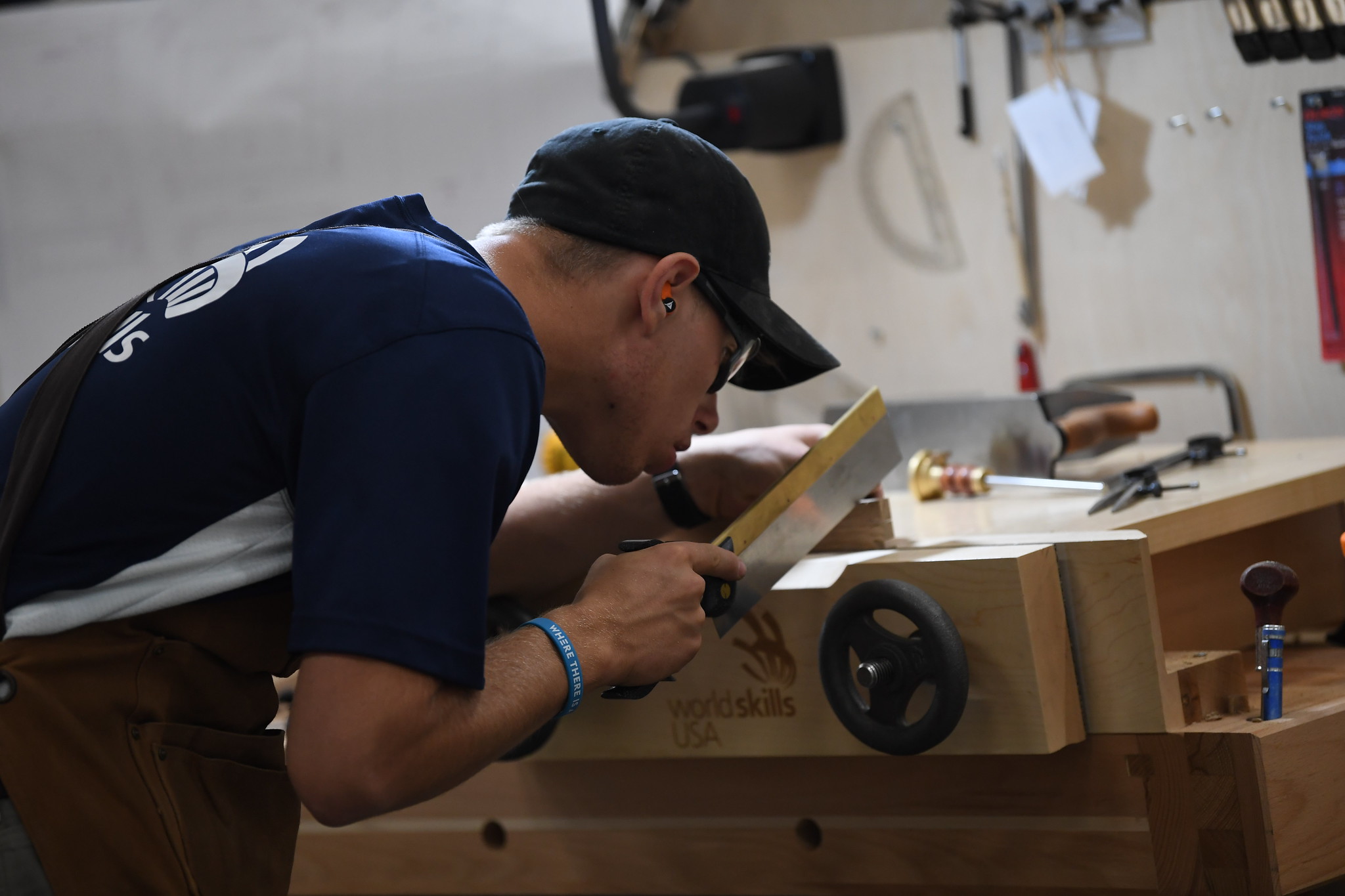
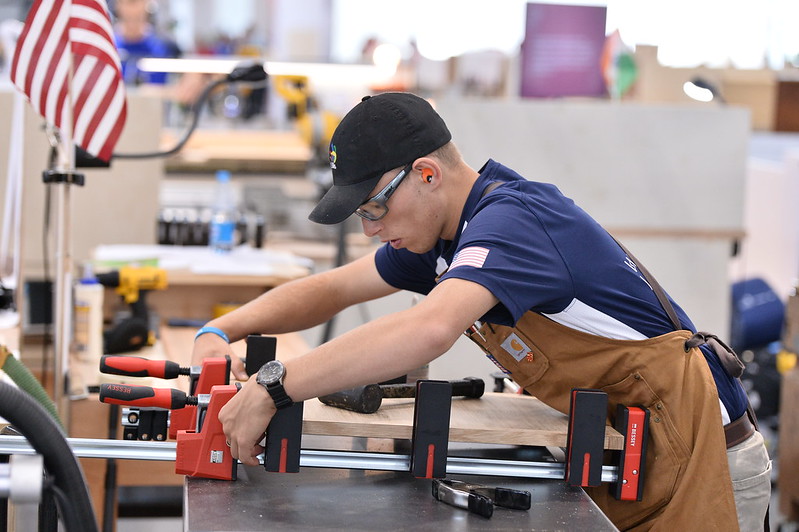
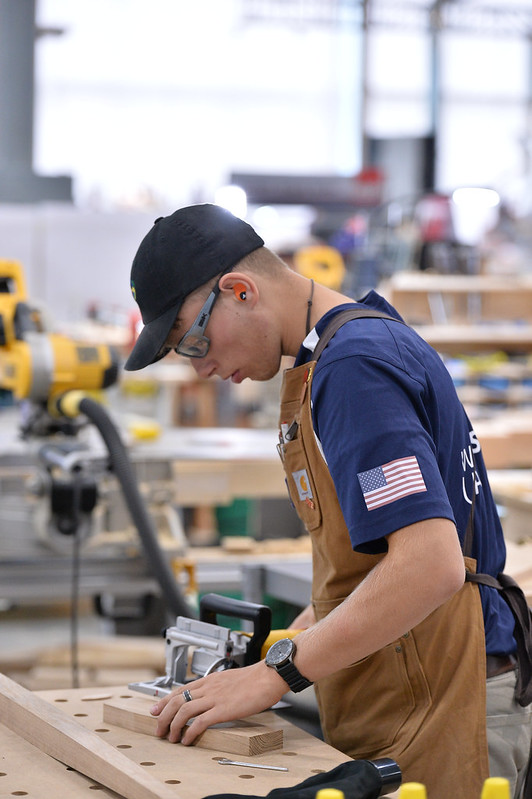
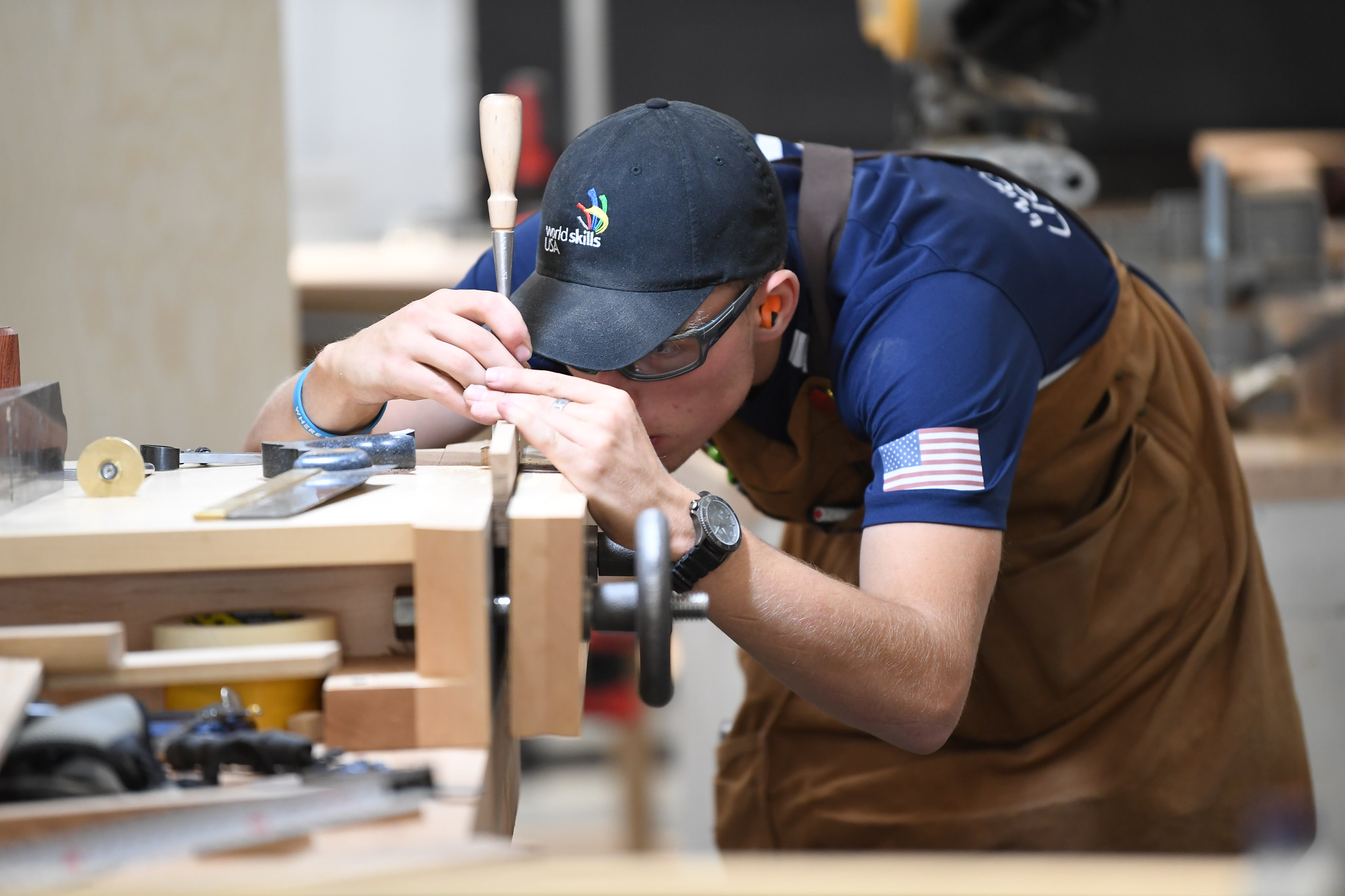
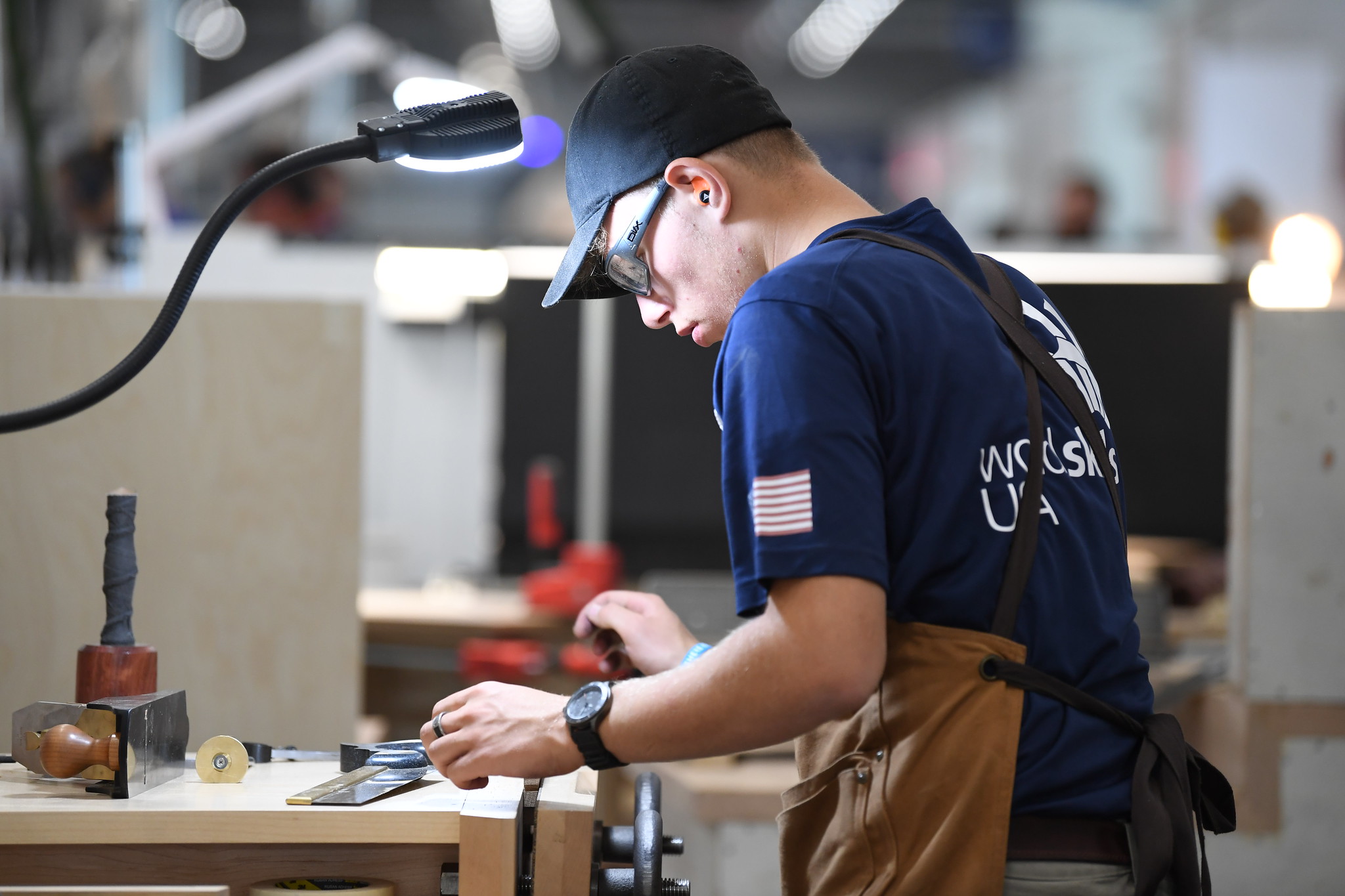
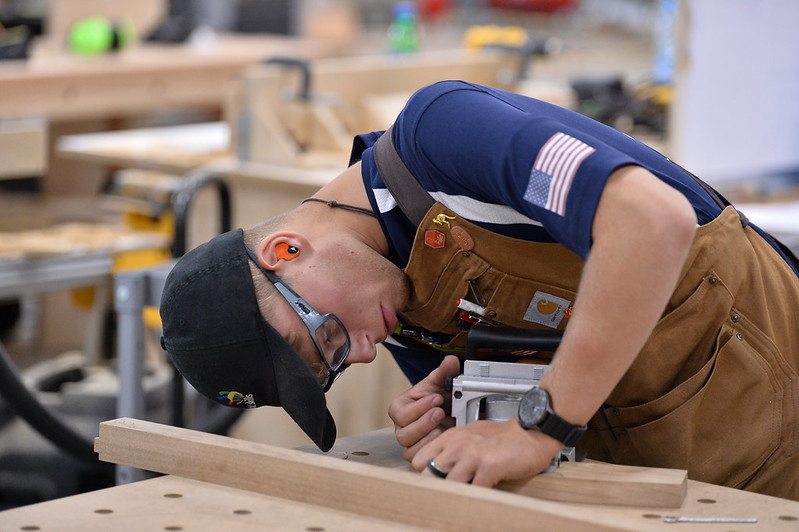 In retrospect, Molzahn said he probably was not strict enough about setting time limits Harrison to complete the test projects. “What happens at the competition is that they have less than 24 hours over three days to build these cabinets that would take a cabinetmaker 60 hours or more to put out a quality product. They are really rushing these kids. I didn’t fully understand that until I got there and saw what was going on.
In retrospect, Molzahn said he probably was not strict enough about setting time limits Harrison to complete the test projects. “What happens at the competition is that they have less than 24 hours over three days to build these cabinets that would take a cabinetmaker 60 hours or more to put out a quality product. They are really rushing these kids. I didn’t fully understand that until I got there and saw what was going on.